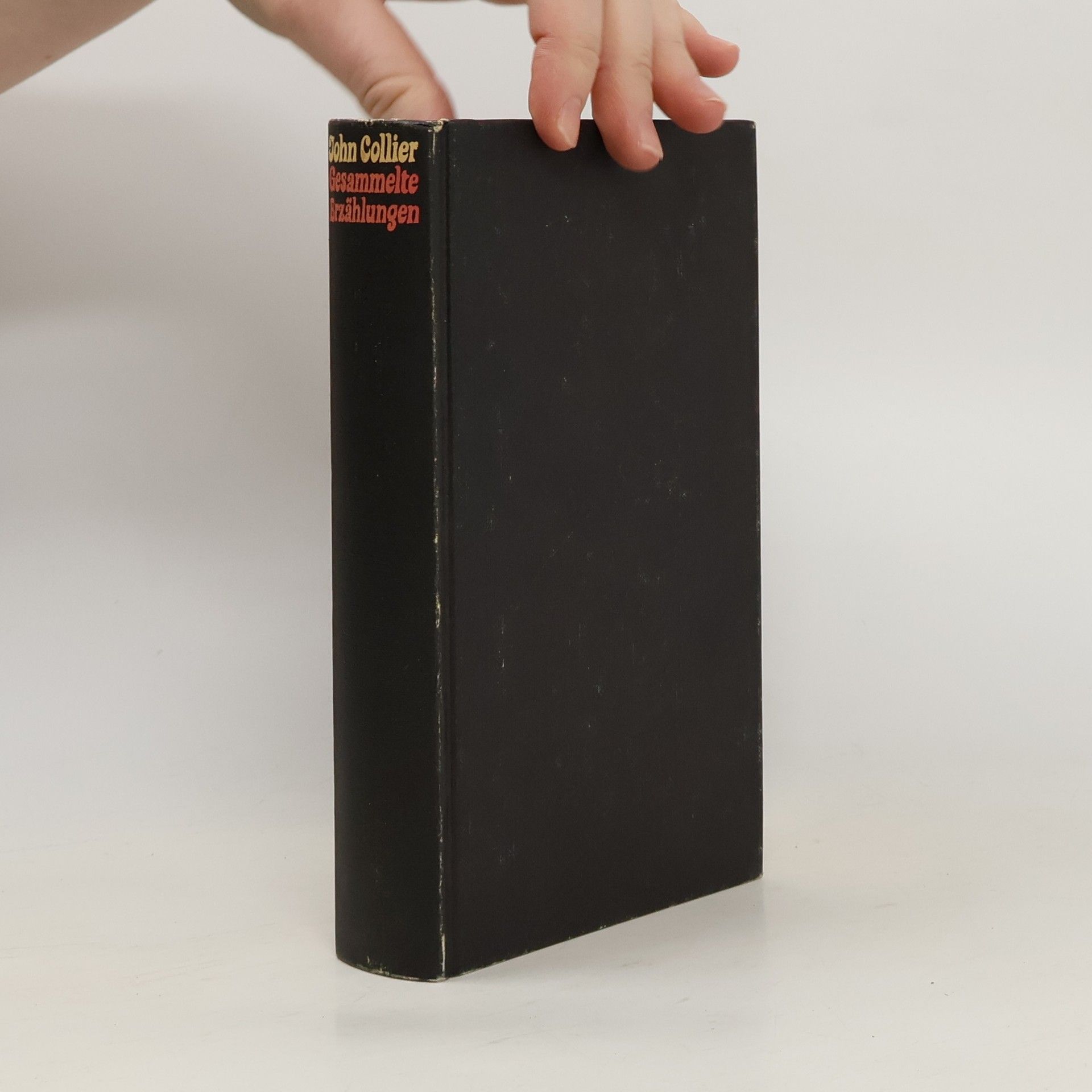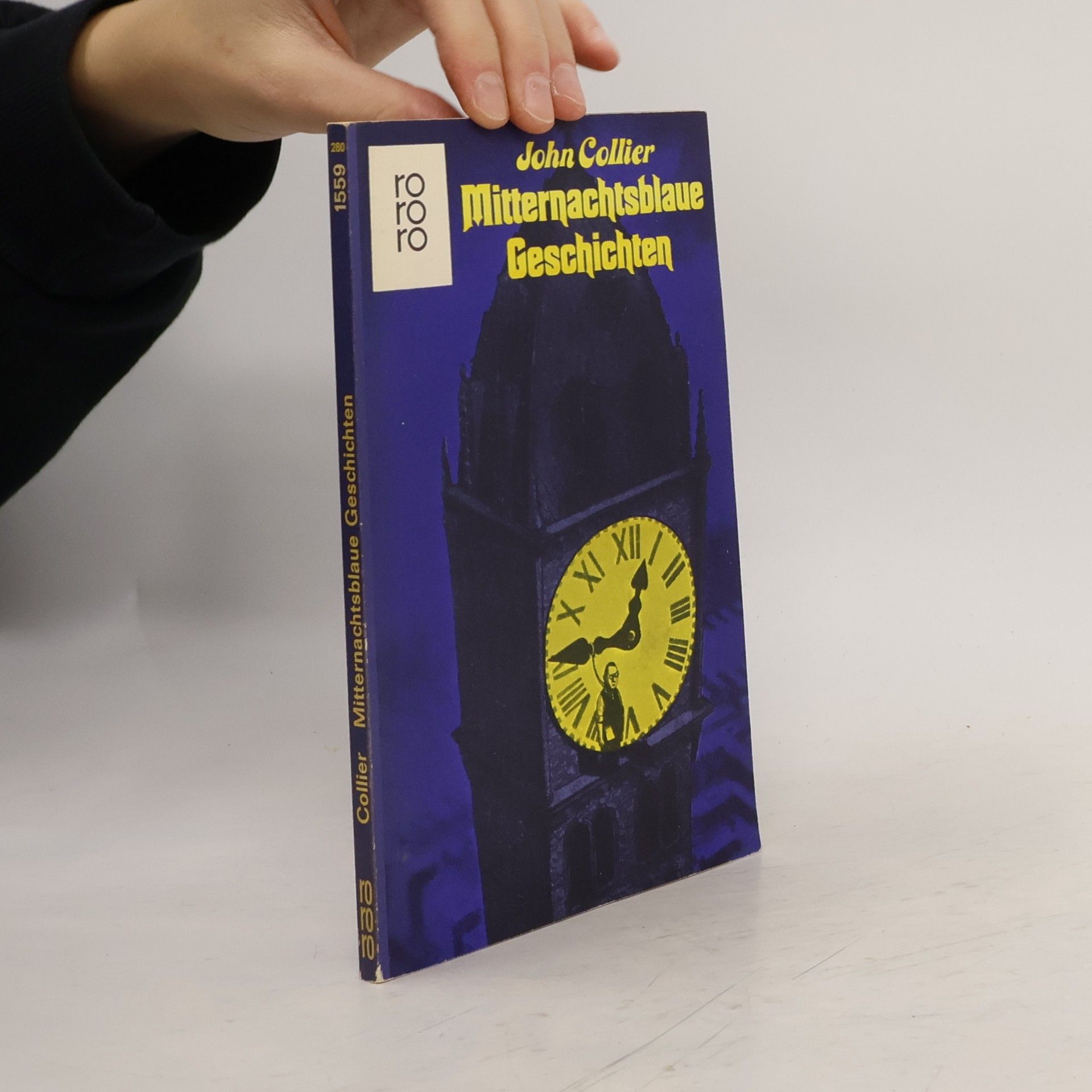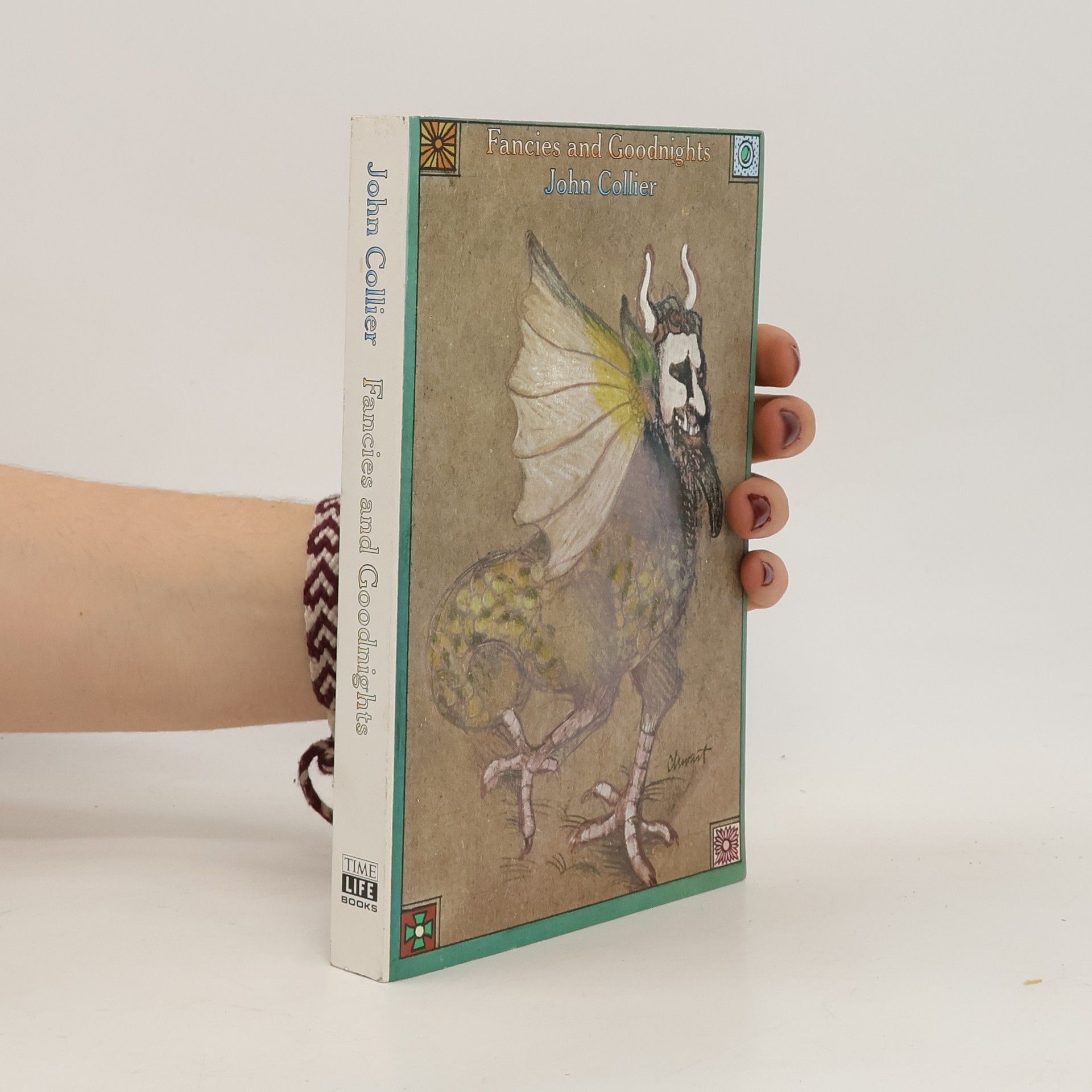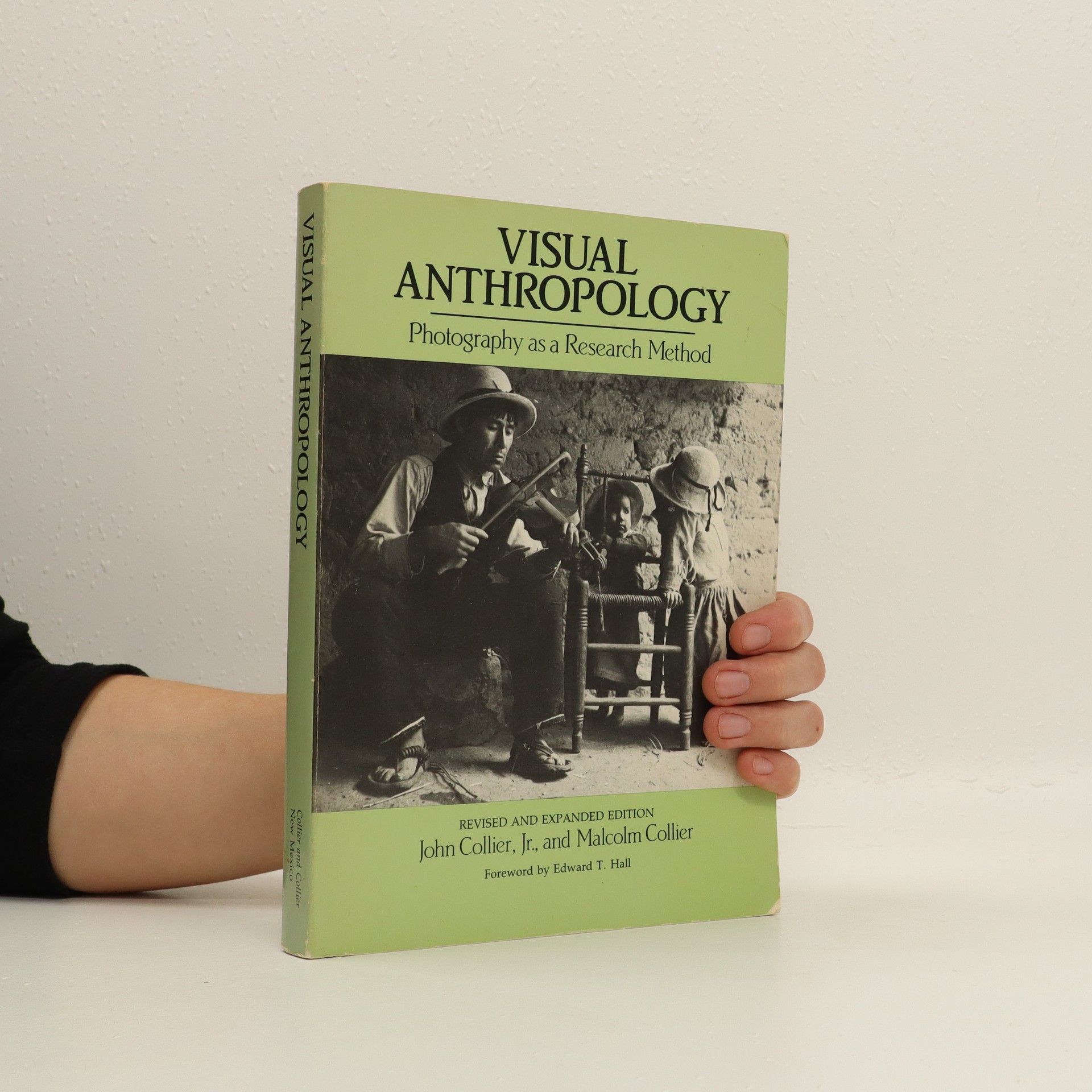John Collier Bücher
John Collier war ein britischer Autor und Drehbuchautor, der für seine meisterhaften Kurzgeschichten gefeiert wurde, von denen viele in The New Yorker erschienen. Seine Erzählungen sind bekannt für ihre scharfe psychologische Tiefe und einen dunklen, oft satirischen Witz, der verborgene Motivationen und die Perversitäten der menschlichen Natur aufdeckt. Collier verwebt gekonnt Elemente der Fantasie, des Horrors und des Grotesken und schafft so Geschichten, die sowohl unvergesslich als auch beunruhigend sind. Seine anspruchsvolle Prosa und reiche Sprache bieten den Lesern ein tiefgründiges und zum Nachdenken anregendes literarisches Erlebnis.







Gesammelte Erzählungen
- 318 Seiten
- 12 Lesestunden
Denk nichts Böses
13 neue mitternachtsblaue Geschichten
The Dark Descent
- 1024 Seiten
- 36 Lesestunden
This anthology features a curated selection of imaginative stories that push the boundaries of fantasy literature. Each tale offers a unique perspective, showcasing the creativity of various authors. The collection is recognized for its exceptional quality and diversity, making it a must-read for fans of the genre. With its award-winning status, it highlights the best in contemporary fantasy, inviting readers to explore new worlds and ideas through captivating narratives.
Collier's stories feature a diverse cast, including man-eating plants, disgruntled devils, and suburban salarymen, blurring the lines between the ordinary and the bizarre. His edgy and sardonic style delves into the absurdity of life, showcasing a surreal landscape filled with unexpected twists. These tales, rich in wit and curious insight, resonate with the tradition of weird writing alongside literary giants like Borges and Dahl, making them a unique exploration of lunacy and the complexities of human experience.
This book provides reliable research methods from the systematic gathering of data through analysis of photographic records to transfer of insights to ethnographic records, with an emphasis on developing the skills of thorough observation rather than on technical skill.



